The Canon EOS R – Long Term use and review – Life with a Mirrorless Interchangeable Lens Camera
In this series:
- Introducing the Canon EOS R
- City and Street Photography in Brussels
- Urban Exploration with a Model (featuring the RotoLight NEO II)
- Aviation Photography in Manchester
- Night time Model Photography
- The British Airways BOAC Boeing 747-400
- Living pains with the EOS R
- Studio Photography Life
- Not a conclusion, but the next steps forward
Welcome to my mid to long term review of the Canon EOS R. Whilst there are plenty of sites that will dive into the technical side, the arguments and back and forths, my take on it will be a little different to some you’ve seen on the internet.
Instead, I’m going to put my EOS R through some real-world situations. Using it to work through real world situations, the edit process, and the positives and negatives of the camera, as well
Unlike some reviewers, my camera did not arrive as part of a press kit or loaner from Canon UK – rather, this came out my own budget.
With that out the way, let’s go all the way back to the beginning.
Or rather to the introduction of the Canon EOS R.
EOS R…?
The EOS R isn’t a Digital SLR (like the Canon 5D family, the 6D, the Rebels etc). It’s a Mirrorless Compact Interchangeable Lens System – akin to the Sony E-Mount family Cameras (A7 family), The Olympus/Panasonic micro 4/3 mount, Fujifilm X mount and so on.
What does that mean?
Let’s compare and contrast.
On the left hand side, we have the Canon 100D (Rebel SL1). We can see this has a hump for the prism and mirror. Notice it’s a bit smaller in lots of ways – this is a “Crop frame” camera.
In the middle – we have my old faithful – my Canon 6D. You’ll notice the mirror is larger here – a sign this is a full frame mirror. You’ll also notice there’s no flash on this camera due to the size of the reflecting prism. And besides, a built-in flash on a pro body?
On the end, we have the EOS R with the body cap removed. You’ll notice there’s no mirror as the sensor itself broadcasts into an electronic viewfinder, rather than sent through a mirror and glass. This in effect, can reduce the bulk of the camera (Although that’s not what Canon has gone for at all).
You’ll also notice that the ring where the lens connects with the camera – the mount – is different too. That’s another discussion point
Introducing the EOS RF Mount
The RF mount is bigger compared to the traditional EF mount – with RF coming in at 55mm diameter versus the 44mm mount. It also has a shorter lens flange distance. In theory – this should lead to some light lenses.
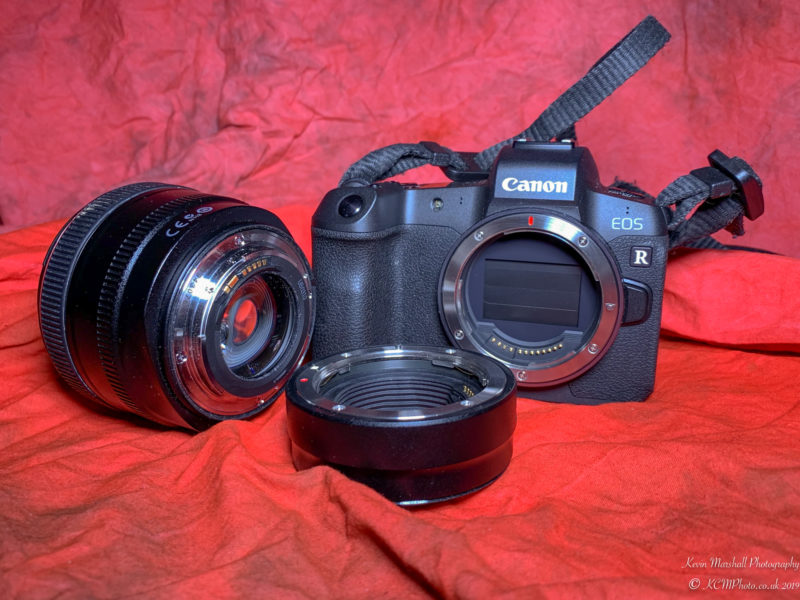
EOS R, The EOS RF to EF adaptor and 50mm f1.2 lens
And on launch – what did Canon do? Correct. Launch 3 of their heaviest lenses out there, along with a 35mm f1.8 that’s slightly lighter.
Now, a new mount is normally a sign for a photographer or consumer to open up their wallet and scream, as it’s time to buy more lenses again.
Thankfully, Canon launched an RF to EF Lens adaptor – that converts standard EF Lenses to the new RF Mount – well three different versions, a basic converter, one which integrates the RF feature ring and one which introduces drop-in filters for those who want to be fancy with filters.
I’ll be using the basic one which comes with the EU Package (or available for $99 individually in the US Package).
I’ve tested a few Canon First Party lenses through it – and they work like a charm electronically. Some are a bit sluggish in use (which is true for two of my lenses), but I found them to lock on.
These include:
- Canon EF 24-105 f4L (my primary lens)
- Canon EF 50mm f1.2L
- Canon EF 100-400 f4.5-5.6L
- Canon EF 20mm f2.8
- Canon EF 17-40 f4L
- Canon EF-S 10-18 f4.5-5.6
I’ve done limited testing (and by that I mean one) with a Sigma 50mm f2.8 Compact Macro… and it appears work when tested. I can’t and won’t guarantee compatibility with your Tamron, Sigma, Samyang, Zeiss and so on. You’re going to have either search online, try or pray.
Batteries
If you’re going to be using a camera for any length of time, buying a second battery (or third, fourth, fifth) is key, so you can continue to run and gun. The EOS R takes the LP-E6N Battery pack – a variant of the LP-E6 battery that has been around for some time.
This is useful as you can charge using the USB socket on the camera using an LP-E6N Battery, and carry less luggage. The downside is… you’ve got to find a bunch of LP-E6N Batteries (which are either expensive as heck at the moment, or in short supply from 3rd parties ). It holds a slightly higher charge too.
Of course, you could use your old LP-E6 battery packs and they should work…. But don’t blame me if they don’t!
The controls
If you’re a Canon shooter, you’ll find the controls similar… but different.
Things on the camera body are where you should expect them to be. Lens controls are very natural, as are the menus. There are three things that might make long-time users query what they’re doing– namely the capacitive touch bar (which is for all intents and purposes – pretty useless), the lack of a joystick (replaced by a multi-function control), and a twisty wheel (which is useful when reviewing photos)
The Electronic Viewfinder – this is probably the biggest difference for those who have let the mirrorless revolution pass them by until now. It’s crystal clear – with only a little lag between shutter actuation – and being an EVF it can deliver a lot more information than a mirror with an LED inside could ever do. I like using it – and it felt natural to both record video and shoot images with.
It’s important to note that the screen can also be used to do face-tracking/AF-tracking too when using the EVF. Which also flips out.
Accessories
My body came with a cable manager and a charger – and that’s pretty much it. It does have a standard hot shoe to mount flash heads, microphones or triggers. You can also add a battery grip to double your runtime as well as your shooting options (for those that like that – I got a battery grip with the 6D that just made it heavy. That and the controls for the camera were the wrong sided for me on the grip)
I’ll add at this point, I don’t tend to use a flash any more (or a cobra style flash) – instead, I’ve switched to Rotolight LED Lighting.
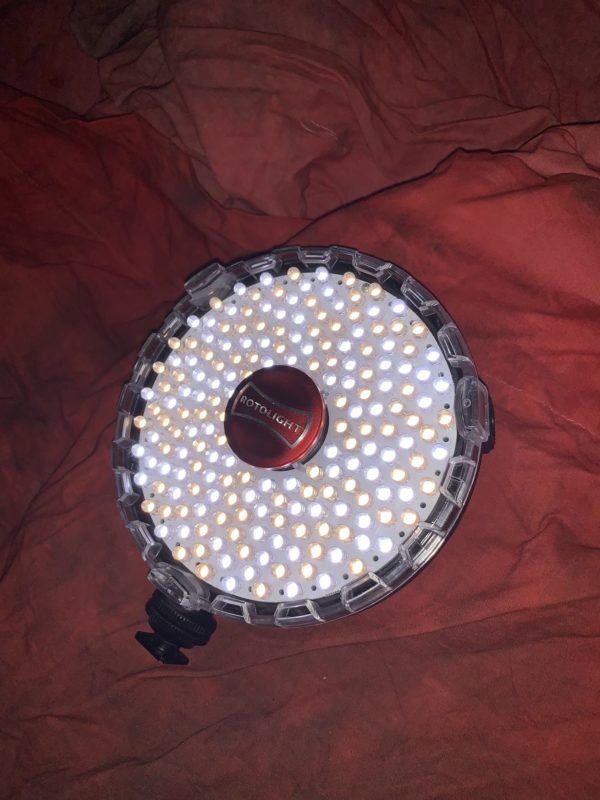
RotoLight Neo II (at 1% power!)
I’ll discuss why another time (and in this series).
So to whet your appetite – here are a few images I’m going to be using in this series.
This review and hands-on is very much going to evolve as I go – and as I take photos to go along with this camera, so the titles at the start won’t the ones that might exist at the end of this write-up.
So stick around the next few months as I go on a Canon EOS R Journey – as I turn it from an expensive purchase into what I hope will be my regular workhorse.
Photography Credits:
- All images bar Canon RF Lens Line-up – Kevin, Economy Class and Beyond
- Models – Vampire Princess (Instagram, slight NSFW), Serene Wren.
Welcome to Economy Class and Beyond – Your no-nonsense guide to network news, honest reviews, with in-depth coverage, unique research as well as the humour and madness as I only know how to deliver.
Follow me on Twitter at @EconomyBeyond for the latest updates! You can also follow me on Instagram too!
Also remember that as well as being part of BoardingArea, we’re also part of BoardingArea.eu, delivering frequent flyer news, miles and points to the European reader
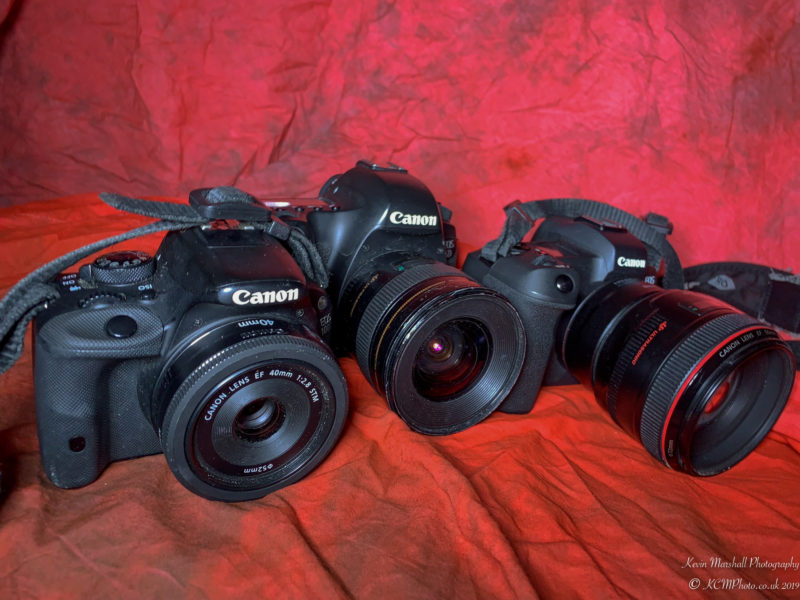
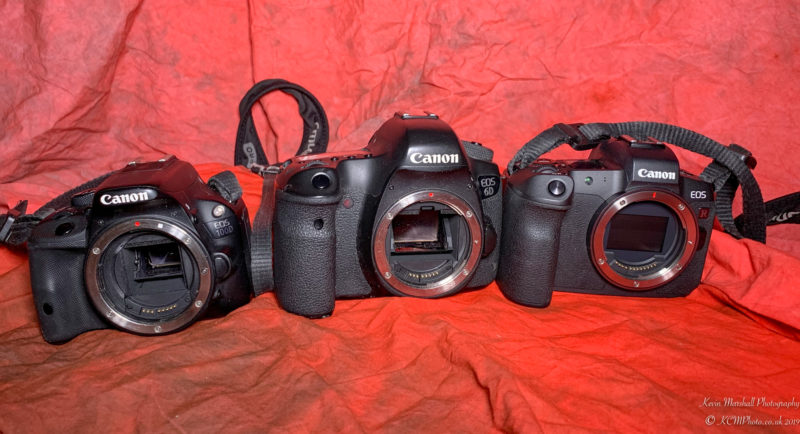
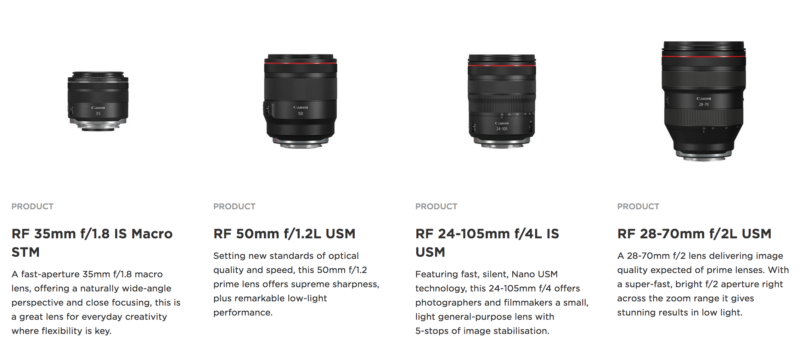
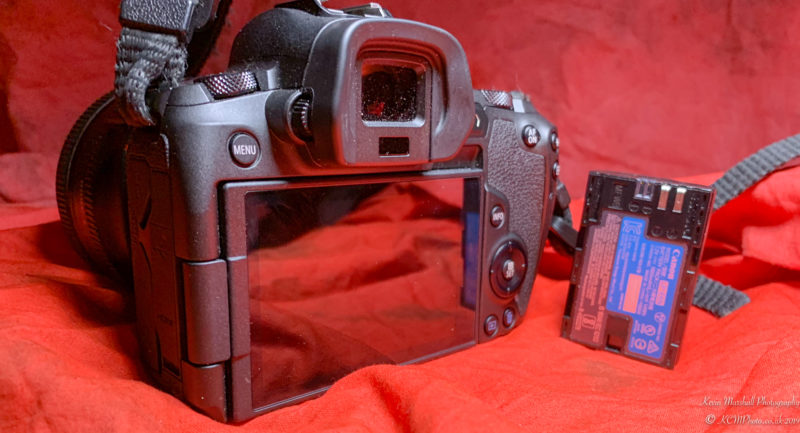
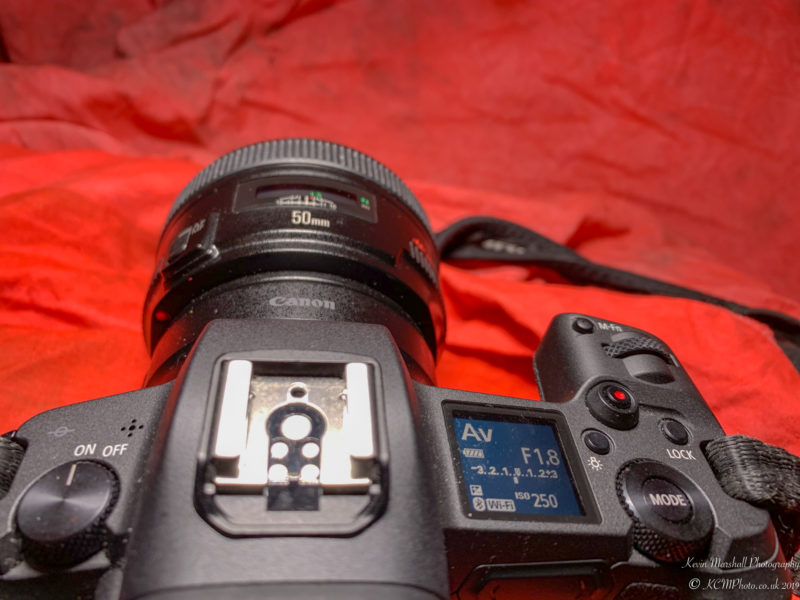
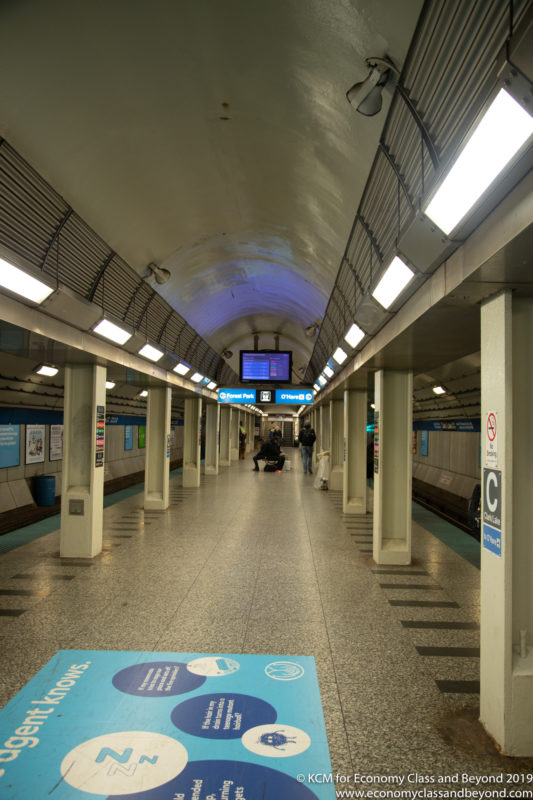

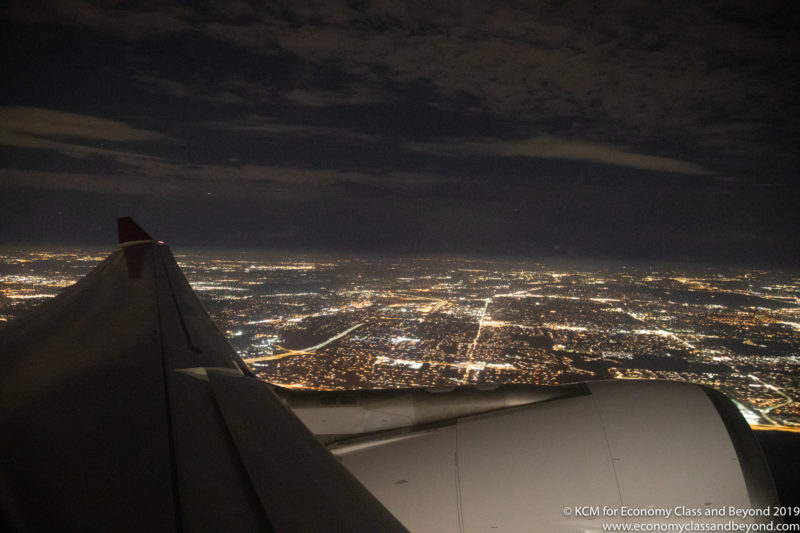
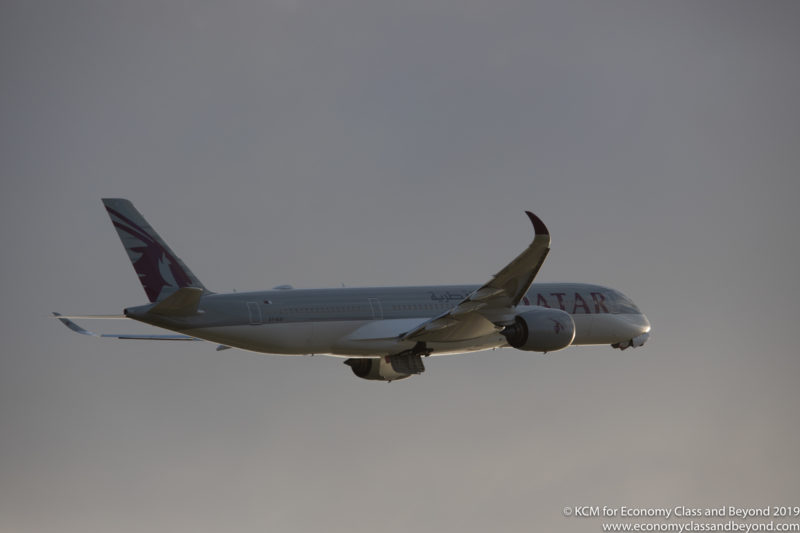
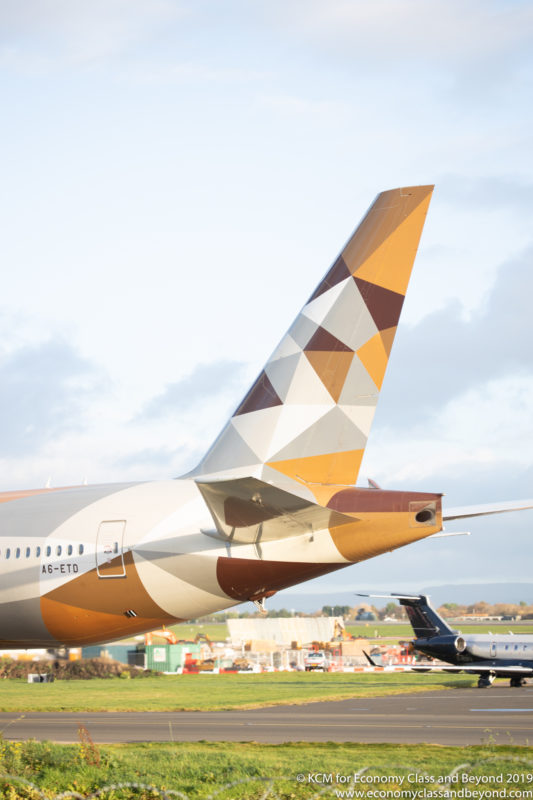
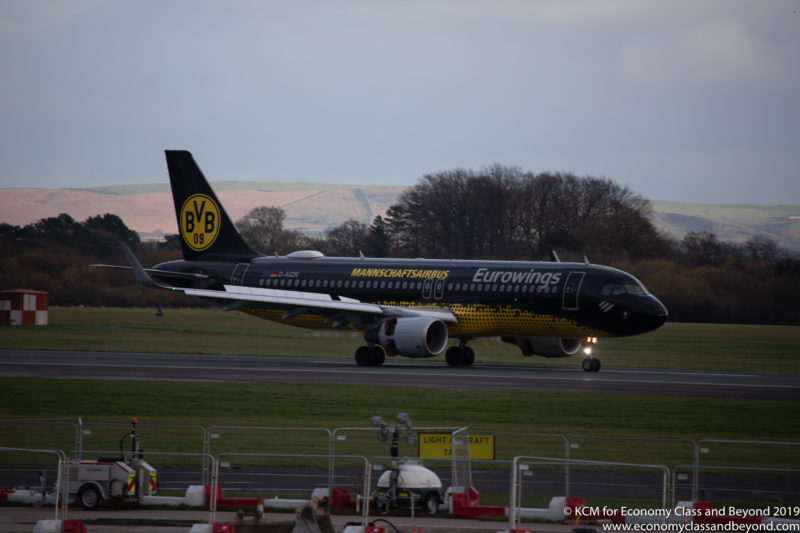
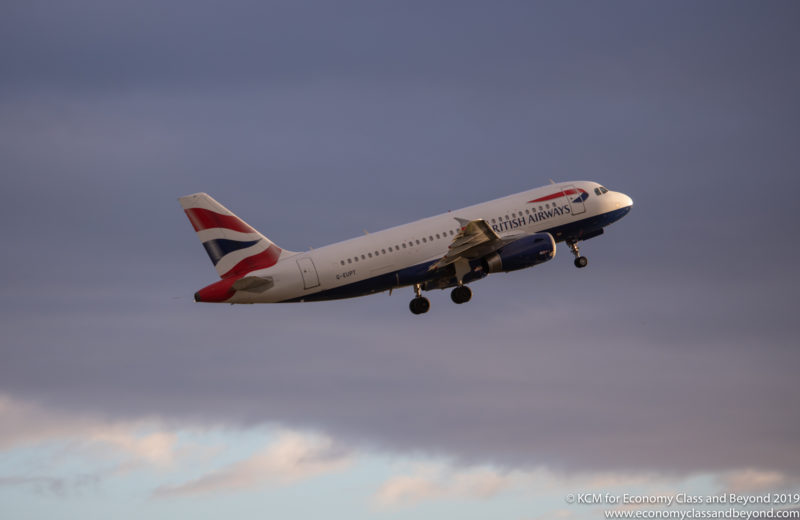

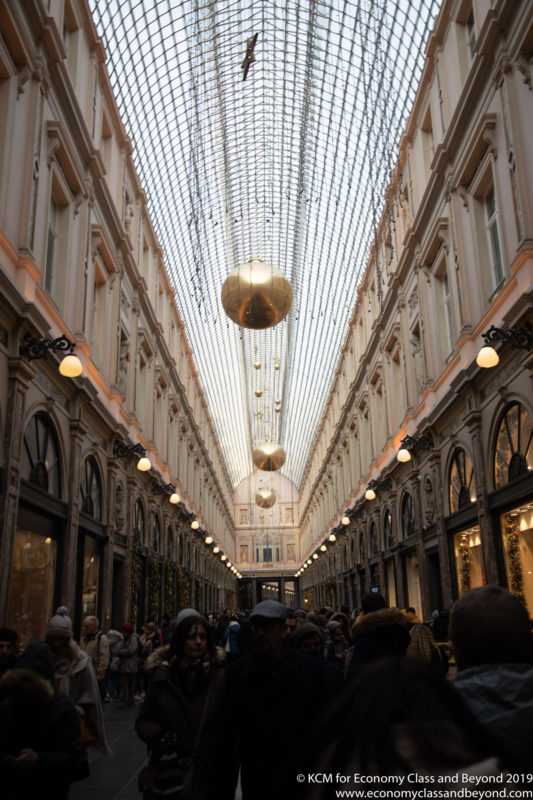
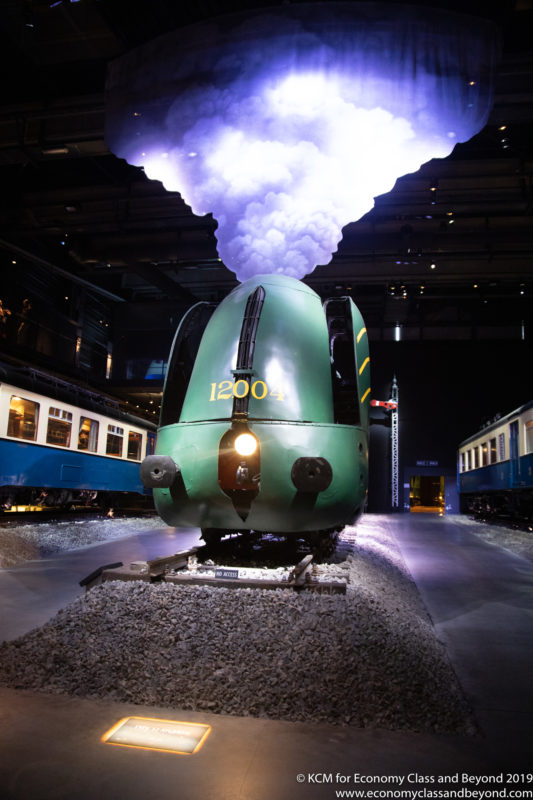
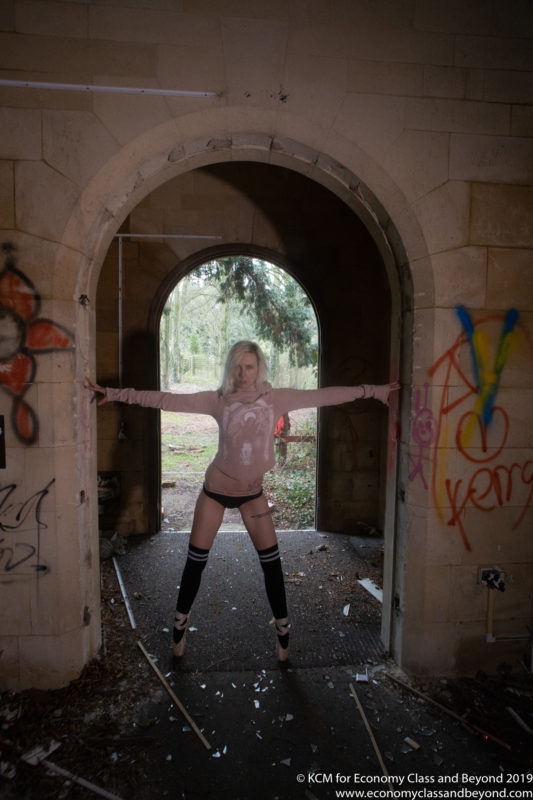
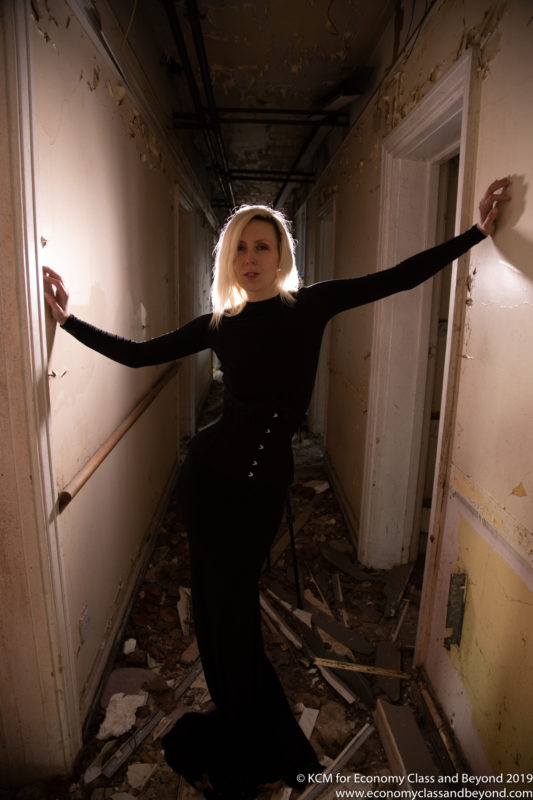
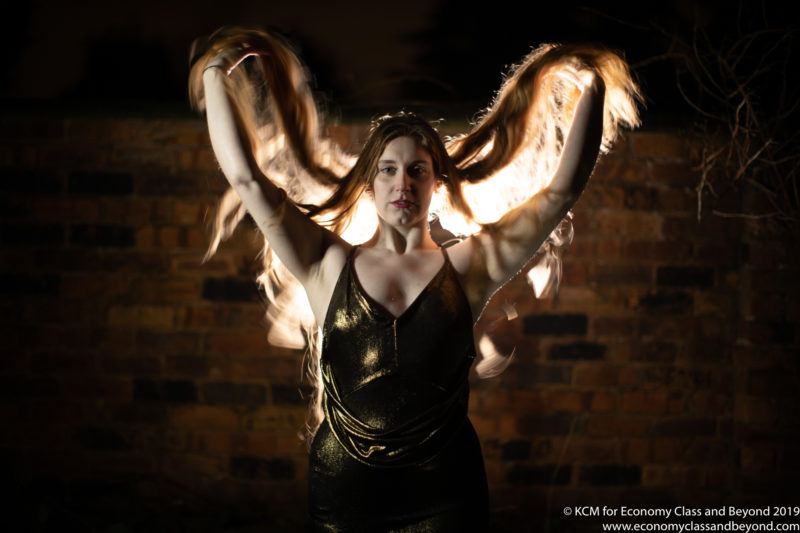


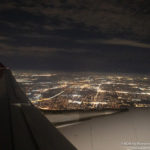
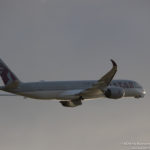


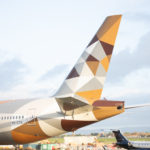
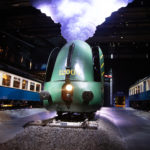
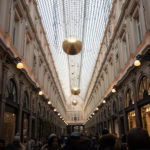

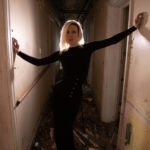
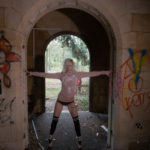

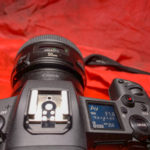
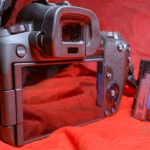
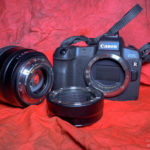
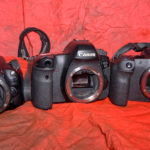
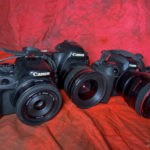
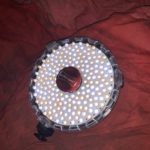
Looking forward to seeing your ongoing review. I was debating between an EOS R and a 6D Mk II, but ultimately went with the 6D II. It replaced my 7D, so it’s an upgrade in image quality nonetheless, but I’m still curious.
It’s a tough choice – the logical upgrade path for me was 6d to 6d Mark II – but I had a number of issues with the 6D II (and mostly little things) – almost enough to make me jump to the 5D Mark IV.
Although things like Dual Pixel AF make it an easy choice.
The EOS R has been an interesting learning experience so far (like any Canon Camera). It’s the same… but very different. And I will be doing a Things I live vs things I can’t stand with the EOS R (there are two things that are really nagging me with it).
It’s going to be a on-going review for a few weeks (normally Saturday publishing).
Thank you for reading 🙂
What issues bugged you with the 6D II? The biggest thing for me coming from the 7D is the AF coverage and FOV. Plus the shooting speed of the 7D is hard to beat .